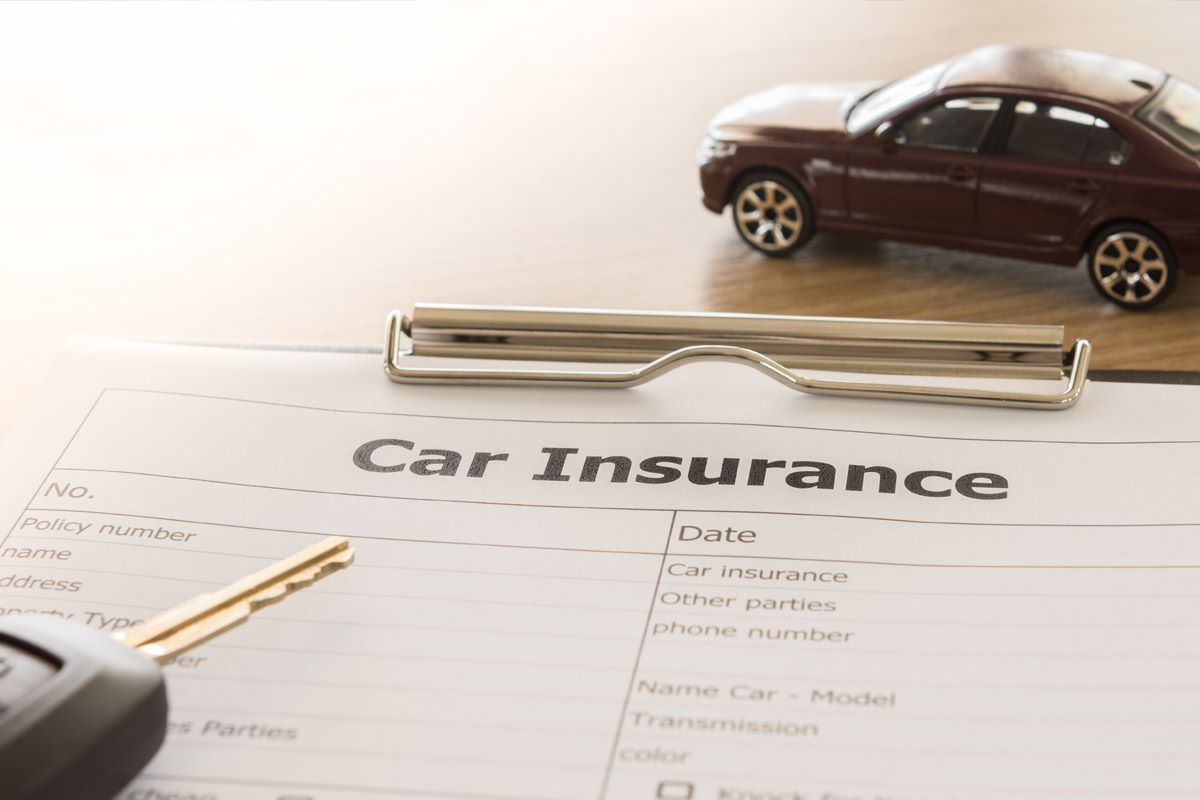The average American spends about $700 a year on car insurance, according to the Insurance Information Institute. Your car insurance quote may reflect more or less cost, depending on the following factors:
Your Driving Record
If you have had no serious accidents or traffic violations, you will pay less than if you have more expensive incidents on your driving record. So remember: Safe driving brings affordable car insurance.
Coverage lapses also affect your insurability, driving up your rates. So be sure to maintain continuous coverage if you want the most competitive price.
Annual Miles Driven
The more miles you drive, the higher the likelihood you will be involved in an accident. If you drive less than the average 10,000 to 15,000 miles per year, the rate you’re quoted will mirror that.
Some insurance companies offer discounts to carpoolers. Keep this in mind when looking for a quote, and ask your agent how much you could save by carpooling.
Where You Live
Different areas incur different accident statistics, thefts, lawsuits, car repairs and medical care costs due to accidents. Insurance companies examine these factors when setting the amount you pay.
If you’re considering relocation, remember that where you live may have quite an effect on your insurance premiums.
Your Age
Your quote takes into consideration your age and how long you have been driving. Mature, more experienced drivers tend to have fewer accidents, while those who are younger and less experienced generally have more. Therefore, insurers consider younger drivers a higher claims risk, requiring them to pay more in to get more out.
Coverage Amount
As with all types of insurance, the more coverage you purchase on your car insurance policy, the more you pay. However, check with your insurer to see if you qualify for money-saving discounts.
Be sure you carry sufficient car insurance coverage for your own protection; but also be sure you can afford your yearly premium.
Your Car
Your insurance quote also depends on what kind of car you drive. Important variables your insurance company uses to set your premiums include the car’s value, repair cost, likelihood of theft and safety record.
Keeping Costs Low
Public transportation provides you with an opportunity to keep car insurance costs low. Use your area bus, train or subway system as often as possible to take advantage of low annual mileage. It’ll help lower both cost and your car’s rate of depreciation. Consider also the increased price of gasoline and the savings become incomparable!
Set your deductibles as high as you can comfortably afford. Although this means higher out-of-pocket costs initially, higher deductibles also mean potentially lower insurance payouts, dropping the overall cost of your car insurance.
Insurers charge varying prices for the same level of coverage, so be sure to get multiple quotes before settling on the best car insurance policy.
Minimizing Risk of Theft
The risk of theft influences price to a large degree. The III estimates a motor vehicle is stolen in the United States every 25 seconds, with the greatest likelihood of theft occurring in urban areas.
Safety Habits
Common sense says that making your vehicle difficult to steal lowers your car insurance rates and minimizes hassle for you. Remove your keys when you leave your car, lock your car doors and close your windows, and park in well-lit areas.
Security Devices
Consumers spend hundreds of millions of dollars yearly on vehicle security devices. Some of these tools, such as tracking and safety apparatuses, enable law enforcement to locate and recover stolen vehicles. Others, like immobilizing or warning devices, keep thieves from being able to steal your car, or alert everyone around if they do.
Auto theft costs consumers about $30 billion a year. Use common sense and devices such as alarms, tire or wheel locks, ignition or fuel disablers, and navigation systems to ensure your car stays where it belongs: in your own driveway!
